
Despite its tumultuous critical reception, the live-action Avatar season 2 will be continuing that trend. While speaking with The Direct at Paleyfest 2024, executive producer Jabbar Raisani revealed that the show will not be adapting everything in full. With so much content to sift through, he expects to condense some stories to better adapt the show. Check out his full quote below:
I think it’s a lot like season 1. There’s a lot of content in the animated series. And we will be looking at all that content. But we don’t have the number of episodes that we have in the animated series. So, certainly, there will be some condensing that has to take place.
Why Did Netflix’s Avatar: The Last Airbender Condense The Story?
Netflix’s Avatar: The Last Airbender Cut Entire Episodes
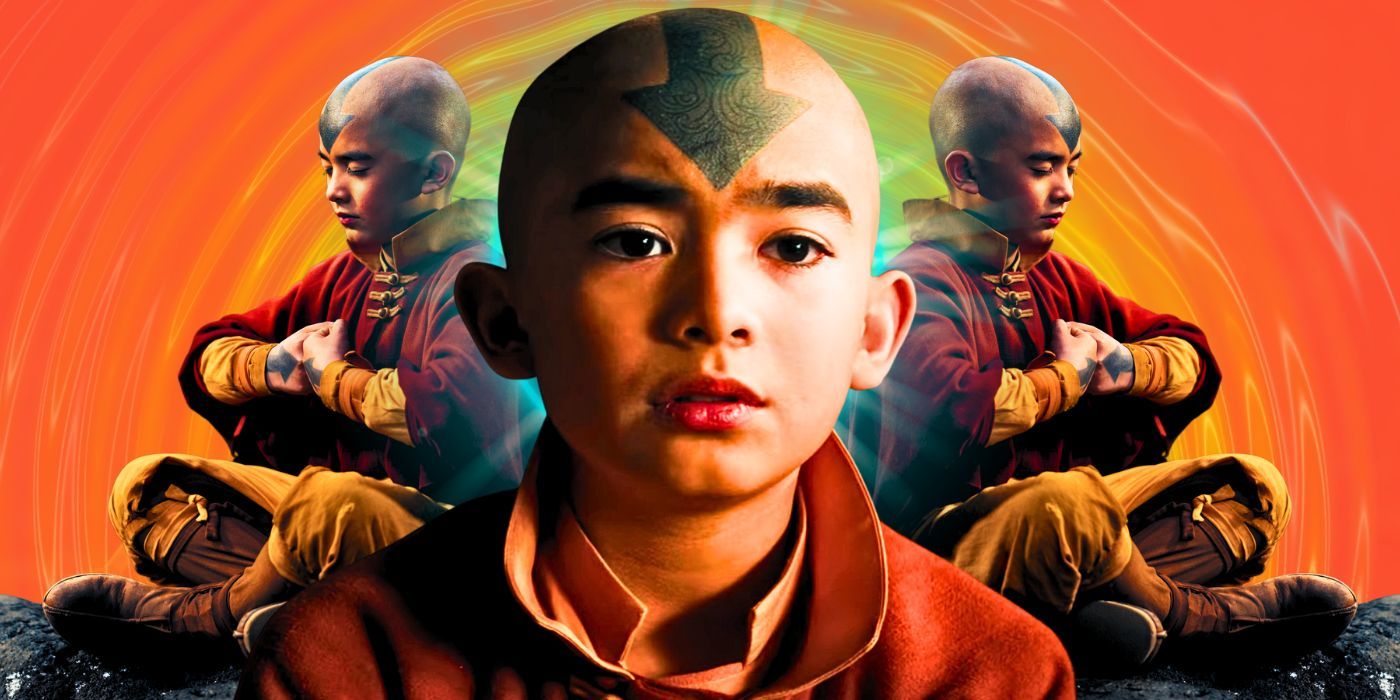
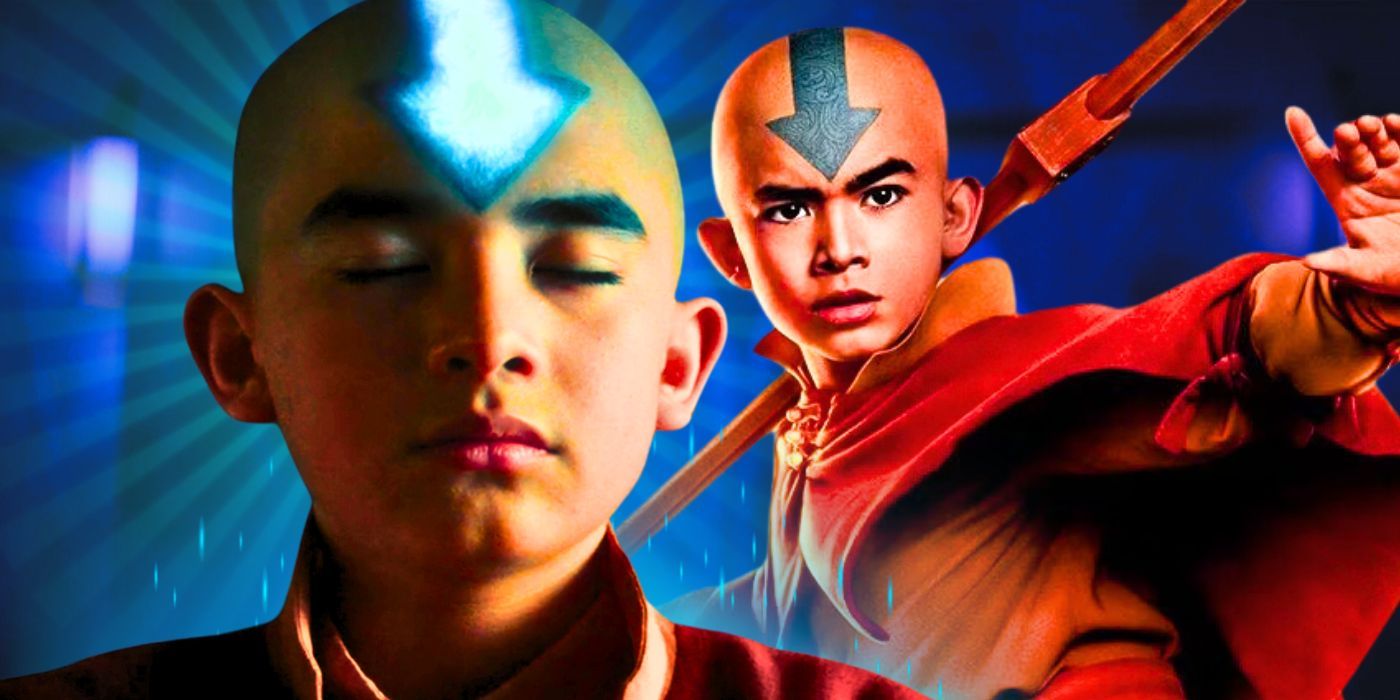
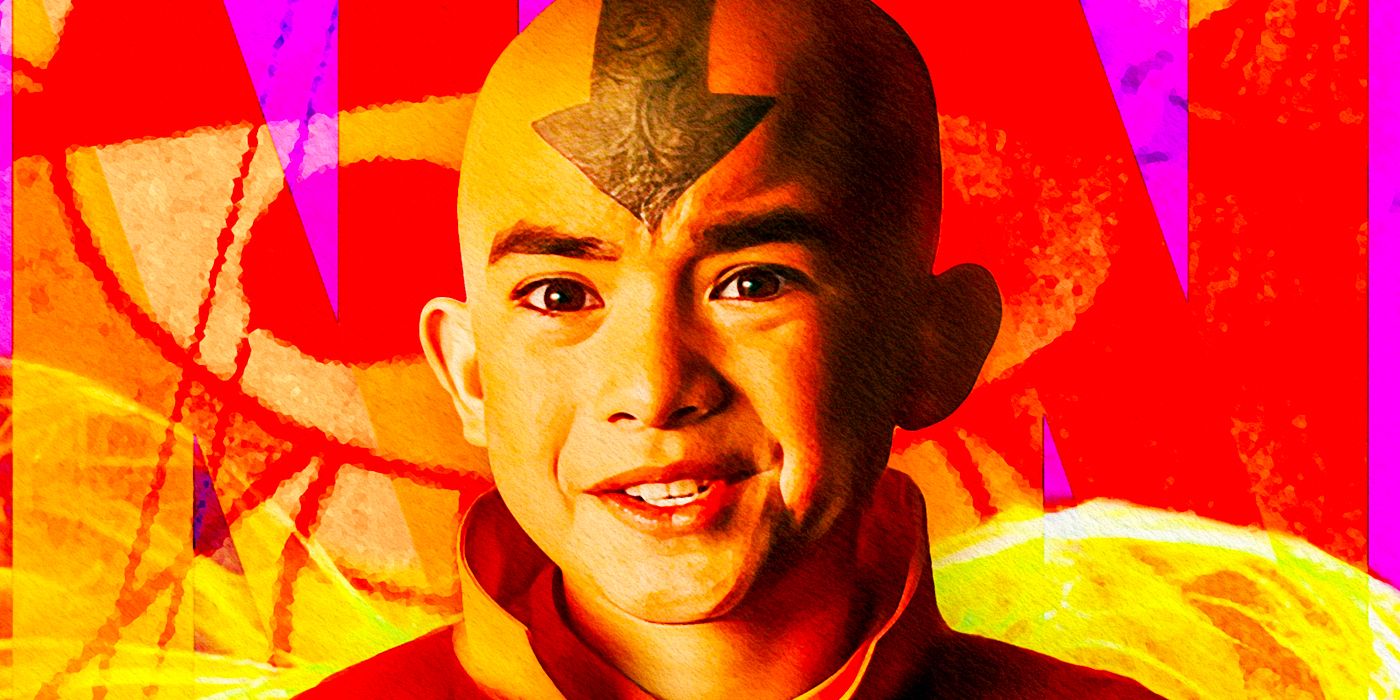
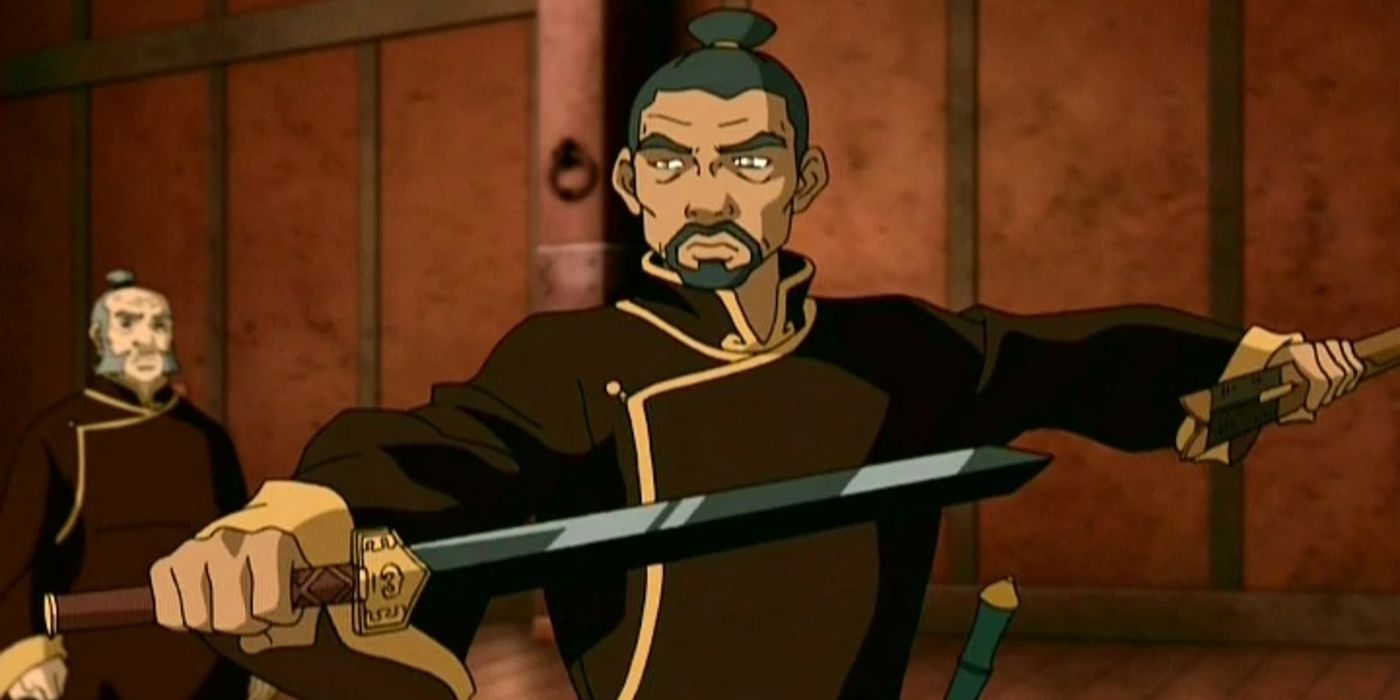
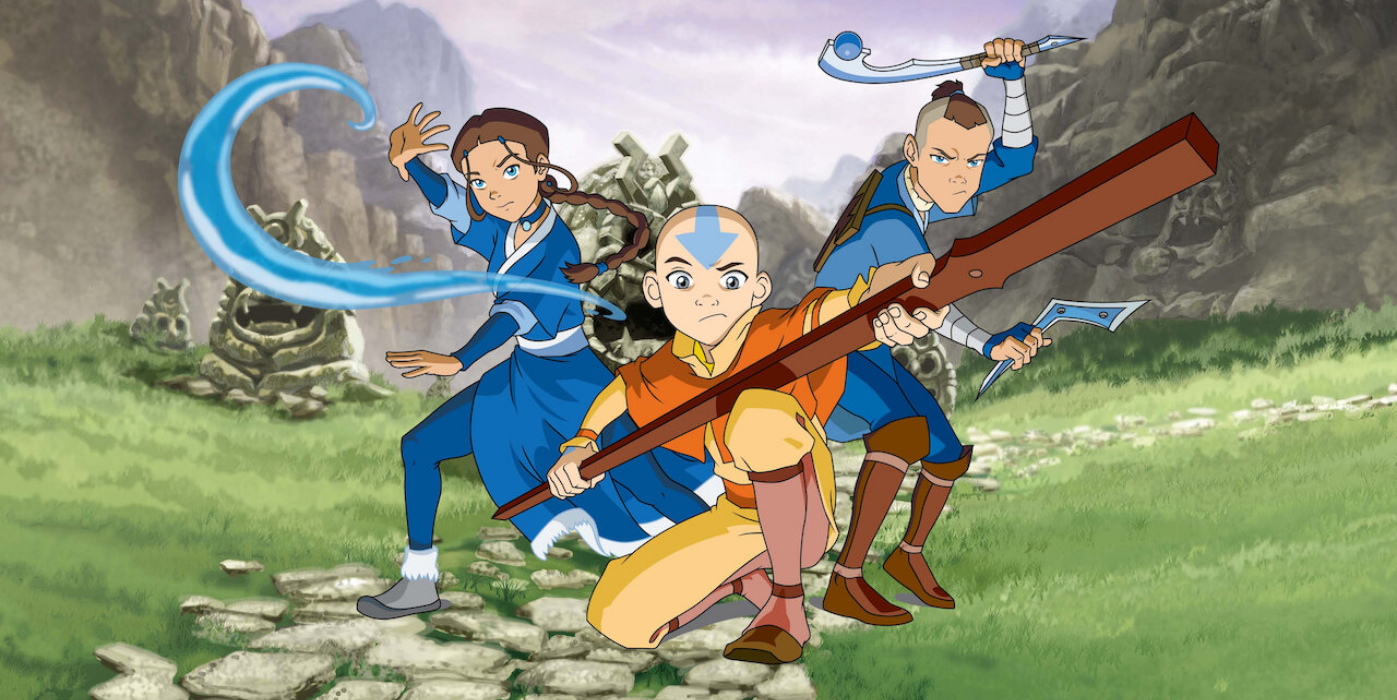





In order to translate an animated show into live-action, Netflix was left to trim some of the existing storylines. Haru’s story and Aang’s waterbending development were entirely cut. Similarly, “The Fortuneteller” and “The Great Divide” were largely relegated to off-hand references by characters speculating about the Avatar’s whereabouts. The show never depicts the events in any great detail. The Netflix version of Avatar: The Last Airbender season 2 will be continuing that trend, but there is some room to question why.
What is strange about the condensed narrative is that Netflix’s Avatar had no great need to crunch the story into such a short timespan. Every episode is approximately 60 minutes long, while the animated show’s episodes are 22 minutes. By that metric, the animated season 1 is around 440 minutes and the live-action adaptation is approximately 480 minutes long. That provides enough space to depict every event, while also offering room to include new scenes, including the Air Nomad genocide and the Fire Lord’s scheming.
Rather than time, the problem with adapting the episodes is properly adapting for tone and clarity. Many characters are changed to reflect the show’s more serious outlook, which is why the fun-loving Bumi is adapted into a cynical and bitter man. Even Zuko and Aang are changed, as Zuku’s emphasis on honor is diminished and Aang’s excited nature is muted in the adaptation. Avatar: The Last Airbender condensed the story to better suit its new tone, while also offering a more cohesive and readily understandable storyline.





